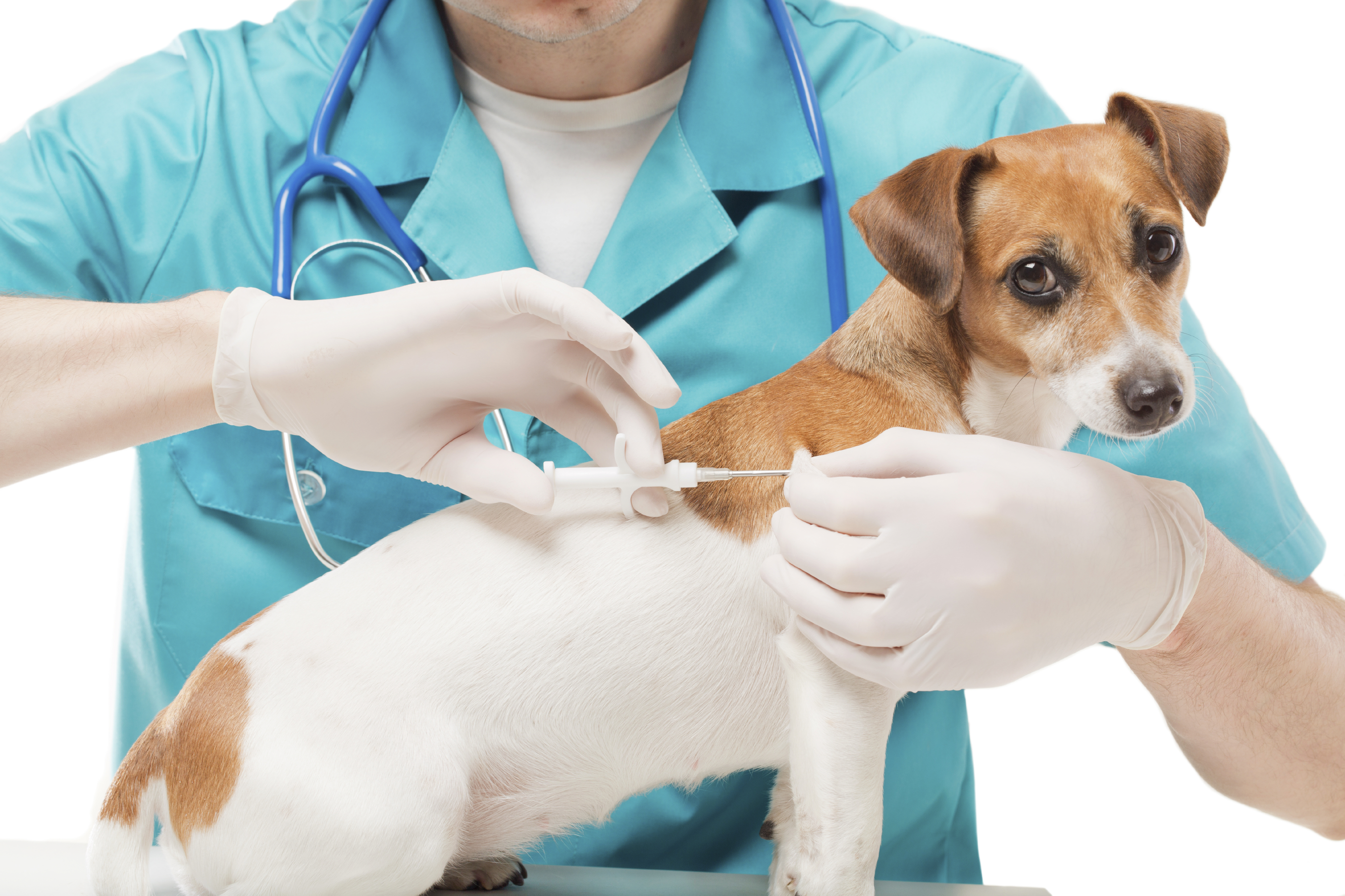Lost and Found: The Benefits of Microchipping Your Pet
 Your best efforts to keep your pet safe and securely at home can quickly go awry. Luckily, posting forlorn “lost pet” posters around your neighborhood is not the only means of reuniting with Fluffy or Fido. Microchipping your pet is a safe and easy method to locating your lost or stolen pet, and we are excited to share the benefits of this widely-used practice below.
Your best efforts to keep your pet safe and securely at home can quickly go awry. Luckily, posting forlorn “lost pet” posters around your neighborhood is not the only means of reuniting with Fluffy or Fido. Microchipping your pet is a safe and easy method to locating your lost or stolen pet, and we are excited to share the benefits of this widely-used practice below.
You Put What, Where?
Your pet’s microchip is made of an inert metal transponder that is encased in glass. It will not corrode, dissolve, or interact with living tissue and is inserted by a single needle beneath the skin, typically between the shoulder blades. No bigger than a grain of rice, you can usually feel the microchip embedded in the layers of connective tissue.
Similar to having a vaccination, microchipping your pet doesn’t require surgery or anesthesia. However, some pet owners schedule it at the same time of spay/neuter surgery to minimize any possible pain or discomfort from the injection.
Scanning A Microchipped Pet
A unique numeric code is attached to the chip and, if your pet is found and subsequently scanned at a shelter or veterinary practice, this 15-digit code will come up on the scanner. When your pet’s microchip code is entered into a database, your contact information will come up.
If you happen to move or change any identifiable information, always remember to update your contact information connected to your pet’s microchip.
Dollars That Make Sense
Some pet owners are worried that the cost of microchipping is far more expensive than, say, pressed tags on a purchased collar. While your pet should most certainly continue to wear a collar with identifiable tags (and his or her dog license), microchips can’t get lost or snagged on something, resulting in costly replacements.
The initial cost of the chip, plus the fees associated with registering your contact information to the specific microchip organization, represents the entire cost (usually not more than $50).
The bottom line? You simply cannot purchase peace of mind and microchips provide excellent security for your pet’s hopeful return.
The Bigger Picture
If you are thinking that microchipping your pet sounds like a great idea, here’s more:
- It is now customary to scan pets upon entering a shelter, rescue, or veterinary office. Considering that approximately half of all animals in shelters nationwide meet an untimely end through euthanasia, a simple microchip can easily help locate a pet’s lost family.
- Microchipping is safe, effective, and, since both the ASPCA and PETA support and encourage the practice, one could surmise that it’s not considered cruel.
- Microchips, unlike your pet’s tags, do not reveal your contact information to just anyone that happens to find (or steal) your pet. The scanner reveals the code, and only after calling the national registry, will your name, address, and phone number be shared. This system ensures that your information remain (somewhat) private.
Microchipping Your Pet
Your pet deserves each and every safety net possible, and microchipping remains at the top of the list. Whether you are planning to adopt or thinking your adult pet should have extra security, please let us know what questions or concerns you have. Microchipping your pet is a fantastic facet of responsible pet ownership, and ensures that your pet will return to his or her forever home.
Microchip Madness
During the month of May 2015 microchip your pet at Rocklin Ranch and receive a $20 Discount! For more information, please visit our website for more details.

